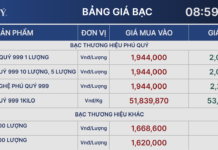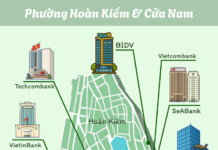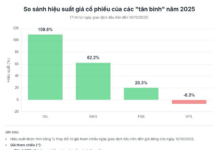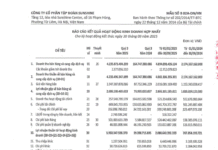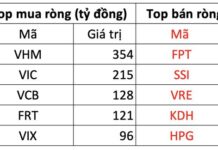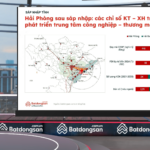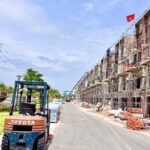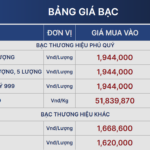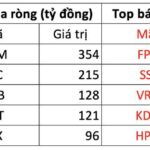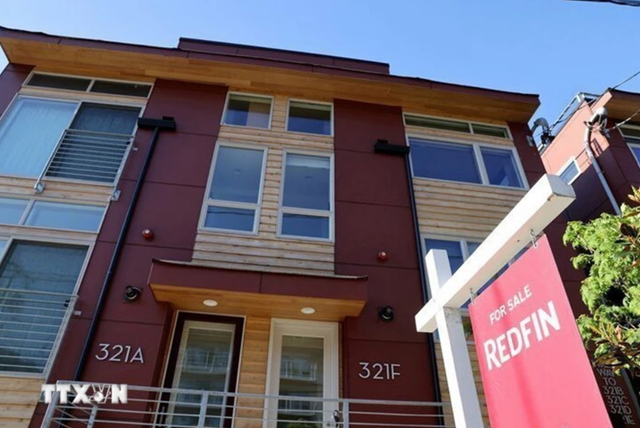According to experts, authorities need to clarify several aspects before approving this proposal, as determining the financial obligation equivalent to 20% of the land fund in commercial housing projects still has some inconsistencies with current laws.
Reasonable…
Experts analyze: In reality, many commercial housing project developers are willing to pay money instead of allocating 20% of the land for social housing.
The reason is that in central areas, land value is very high. Allocating 20% of the project’s land for social housing can reduce the commercial value of the project and affect the developer’s profit. Additionally, constructing social housing within the same project as commercial housing can pose challenges in management, operation, and impact the project’s coherence. Some developers are concerned that combining these two housing types might lead to disparities in amenities and living standards among residents.
Therefore, allowing developers to pay money instead of directly allocating 20% of the project’s land for social housing is one of the solutions to ensure fairness, prevent revenue loss for the budget, and create a stable resource for social housing development.
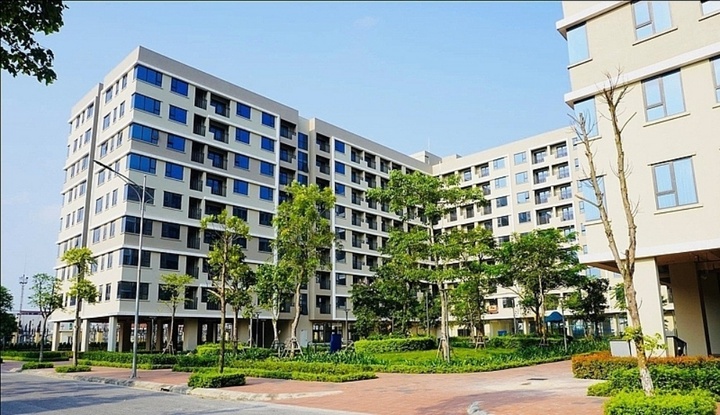
The Ministry of Construction proposes allowing developers to pay money instead of allocating 20% of the project’s land for social housing. (Photo: Government News).
Dr. Trần Xuân Lượng, Deputy Director of the Vietnam Real Estate Market Assessment Research Institute, commented: “Previously, some projects delayed payment or postponed financial obligations, disrupting the implementation of social housing funds. If approved, this new regulation will make developers more accountable and help the government easily monitor payment progress and obligations.”
Mr. Lê Hoàng Châu, Chairman of the Ho Chi Minh City Real Estate Association (HoREA), also believes that allowing developers to pay money and use this revenue to establish land funds in suitable areas for social housing development will be more targeted and reasonably priced.
He noted that implementing social housing on 20% of the land in high-end commercial projects would be impractical due to potentially high selling prices, exceeding the financial capacity of eligible social housing buyers. For example, in a urban development project in Thu Duc City, when allocating land for social housing, the land price according to the state’s price list was 73 million VND/m², while the market price exceeded 100 million VND/m². If social housing were built on this land, the selling price would be very high. Similarly, in central Ho Chi Minh City streets like Dong Khoi, based on the adjusted land price (687 million VND/m²), if social housing were built, the cost would reach 200-300 million VND/m², far exceeding typical commercial housing prices.
Therefore, HoREA believes that allowing developers to pay money or allocate land in other locations for social housing would be more reasonable.
Sharing the same view, Delegate Hoàng Văn Cường (Hanoi delegation) also believes that social housing investment has very low profit margins, and rental prices are even lower, making it impossible to recover capital. Therefore, a fund is needed to create investment capital. The delegate proposes that this fund include revenue from the 20% land fund of commercial housing. Instead of allocating 20% of the land for social housing development, commercial housing developers can convert this into money and contribute to the fund.
“Instead of 20% of the land for social housing investment, now it can be used for commercial housing, and the money can be invested in this fund. I find this very reasonable and fair,” Mr. Cường stated.
…but many issues need resolving
Mr. Lê Hoàng Châu believes that determining the financial obligation equivalent to 20% of the land fund in commercial housing projects in the draft still has some unreasonable points and inconsistencies with current laws.
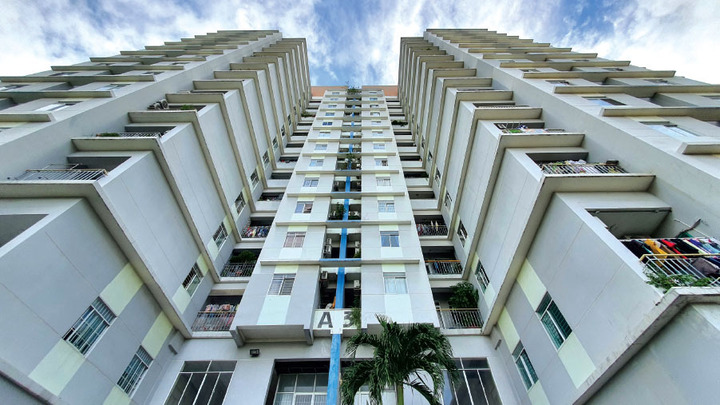
Many issues still need to be resolved. (Photo: Government News).
Specifically, the regulation that the amount developers must pay, equivalent to the value of the 20% land fund used for social housing construction, includes land use fees for 20% of the project’s residential land area, is inaccurate.
According to Mr. Châu, the amount developers must pay, equivalent to the value of the 20% land fund, does not include land use fees for 20% of the project’s residential land area. Therefore, this entire content should be removed to ensure logic and accuracy.
HoREA agrees with the approach of calculating “the amount equivalent to 20% of the total technical infrastructure construction investment cost of the project,” but notes that current construction laws do not have separate regulations on technical infrastructure construction investment rates.
Therefore, HoREA requests that after the Decree is issued, the Ministry of Construction should publish separate technical infrastructure construction investment rates to provide a unified legal basis for determining the value of the 20% land fund.
The Association also proposes adding calculation methods for special cases, such as projects that have completed infrastructure investment or projects selected through land use rights auctions or bidding, to avoid overlaps and facilitate management agencies and businesses in fulfilling social housing obligations.
Specifically, for land use rights auctions or bidding to select project investors using land under the Land Law for commercial housing projects, the amount developers must pay, equivalent to the value of the 20% land fund used for social housing construction, is calculated as 2% of the auction or bidding winning price.
Delegate Hoàng Văn Cường (Hanoi delegation) also pointed out that the 2023 Housing Law and Decree 100/2024/NĐ-CP only regulate this payment mechanism for commercial housing projects approved for investment policies after the 2023 Housing Law takes effect (August 1, 2024).
For commercial housing projects approved for investment policies before the Housing Law takes effect, converting this commercial housing land area into social housing requires re-approval of the investment policy and redoing administrative procedures before conversion.
“This adds an unnecessary administrative step. I propose adding Clause 6 to Article 12 of the draft Resolution on transitional provisions, allowing commercial housing projects approved before the Housing Law takes effect to convert the land area designated for social housing development into commercial land. This land can then be auctioned, and the proceeds can be used for the social housing development fund without requiring re-approval procedures,” Mr. Cường said.
Additionally, according to Mr. Cường, diversifying social housing development fund sources is necessary, especially encouraging those wishing to buy or rent social housing to actively save and contribute to the fund. In reality, many countries worldwide have funds for home buyers.
Therefore, the delegate proposes expanding the contributors to the social housing development fund to include those in need of social housing, who will contribute regularly. The amount contributed to the fund will be a criterion for prioritizing buyers or renters. Regulations should be expanded to allow these contributions to be used for constructing houses for sale, not just for rent or rent-to-own as currently.
According to the Ministry of Construction, one of the key highlights of the draft amended Decree is allowing developers to pay money instead of directly allocating 20% of the project’s land for social housing.
Additionally, the draft also stipulates that land use fees for the entire project will still be determined according to current land law regulations. The additional payment for the 20% residential land area approved for equivalent payment will be calculated at 3%/year of the land use fee for this area, based on the approved technical infrastructure completion schedule.
According to the Ministry of Construction, this regulation will limit businesses from exploiting the payment option instead of land allocation while creating a stable resource for social housing development. Moreover, linking the calculation to infrastructure progress ensures fairness and prevents budget losses.
Real Estate Market in Vietnam’s Third-Largest Metropolis: Condos Reign Supreme, Land Plots Stall
Discover the top-performing apartment districts with impressive price growth: Hong Bang (up 45.2%, averaging VND 2.4 billion per unit), Kien An (up 40.2%, VND 1.6 billion), An Duong (up 18%, VND 1.7 billion), and Ngo Quyen (up 17.1%, VND 3 billion).
Kim Oanh Group Chairwoman: “Social Housing is Not About Profit”
As of now, Kim Oanh is developing 18,500 social housing units, with an ambitious goal to reach 50,000 units by 2028.

